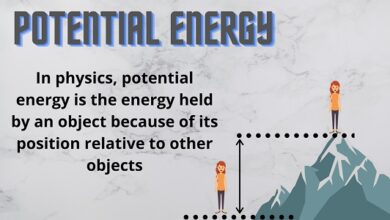What is URL definition/concept/elaboration
The URL is an identification that a certain element obtains on the internet for the purpose of being referred to and giving access to users. In fact, when using the internet, he continues to use this type of reference, although it is not noticed. An emblematic case is that of web pages, which must be identified with the domain name of the server and the path to follow from a file . In this case, the URL also needs the protocol used to make use of that element. The elements that can be accessed in this way are the most varied and are expected to expand this list in the future.
The first part of a URL called a scheme determines what kind of protocol is used and what kind of resource it refers to. Thus, the best known web browser is “HTTP”, which in this case refers to a document , such as a web page. However, there are other possibilities such as FTP, the file transfer protocol; Telnet, a network protocol that allows you to remotely manage another machine; Mailto, which refers to electronic addresses; News or Usenet Newsgroup; Idap or searches, with a quick access protocol to directories; and finally the HTTPS or HTTP protocol over SSL. URL
The second part of a URL, after the expression “://” refers to the computer’s address as well as the path of the file in question. So, for example, when a URL such as “http://sitio.com/content/index.html” or www.sitio.com is the address or domain name of the computer hosting the documents, while “/content /index.html” is the file path. If the address did not point to a particular file and ended in a slash, the web server would automatically point to a file in this document called “index.html”, “index.htm” or “index.php”. URL
This pattern is continually revised and may add new elements in the future, as well as being deleted. Thus, several fixes have been made since the emergence of the web. What is striking is that the general public that uses it is often unaware of its existence. In fact, when the user is given new possibilities and alternatives, without wasting time, he must increase the knowledge he may not be interested in, and thus lower the costs of accessing technology . URL


